Shudder - The Ugly Stepsister : A Bewitching, Bloody Reflection on Beauty Coming to Shudder on May 9th
By Mulder, 28 april 2025
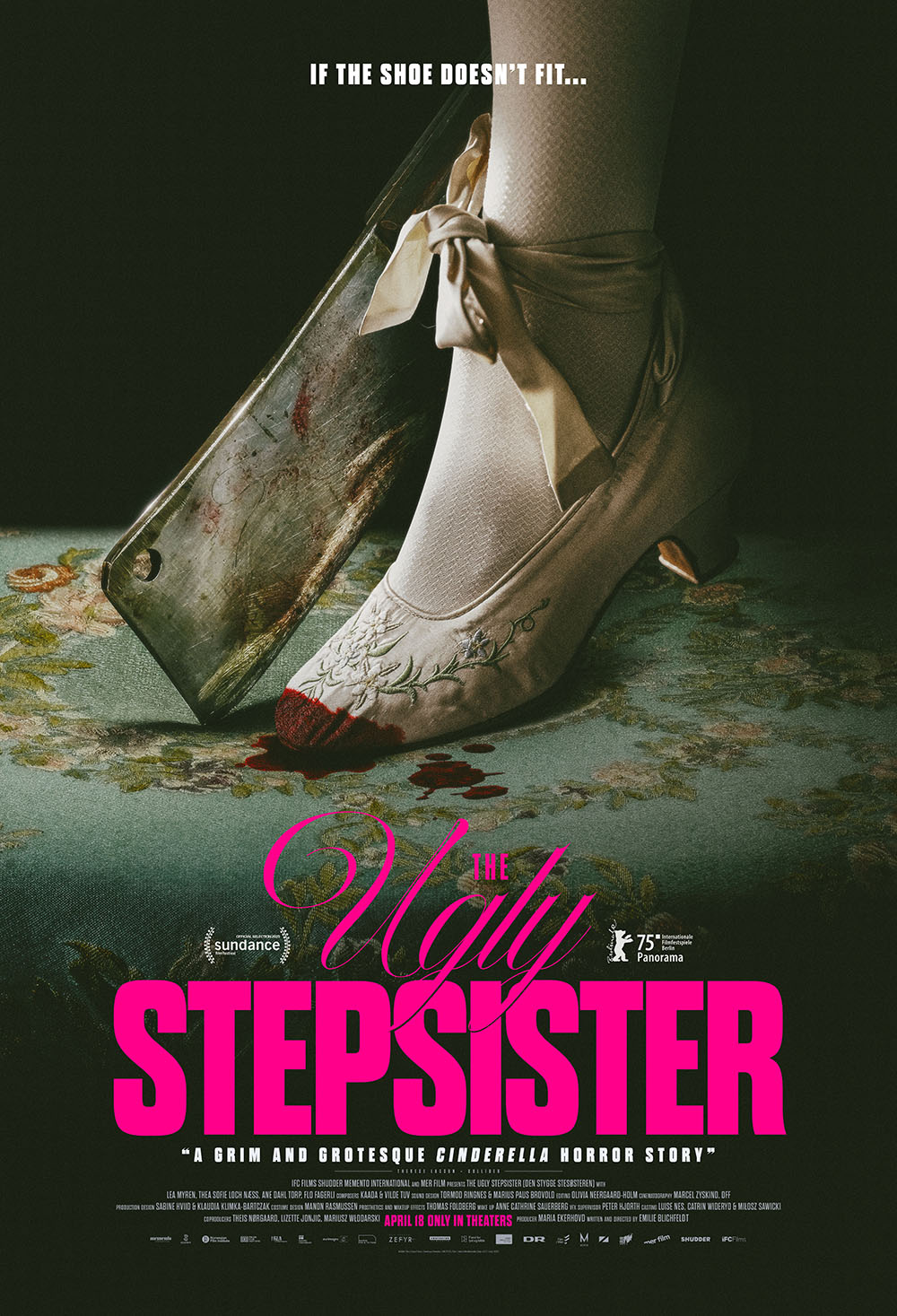
When you first hear the title The Ugly Stepsister, you might expect a cheeky, slightly modernized riff on the classic Cinderella tale. But what director Emilie Blichfeldt delivers with her feature debut is something far more profound, unsettling, and unforgettable. Set to premiere on Shudder on May 9th across the US, Canada, Australia, New Zealand, and the UK & Ireland, The Ugly Stepsister is a visceral, grim reimagining that reclaims the narrative for every girl who ever felt like she could never fit into Cinderella’s dainty slipper. Starring the magnetic Lea Myren as Elvira, the story plunges us into a kingdom where beauty isn’t just skin-deep—it’s a ruthless currency, one that demands a terrible price. Competing against her radiantly beautiful half-sister Agnes (played by Thea Sofie Loch Næss), Elvira descends into an increasingly desperate, blood-soaked journey to win the prince's heart. Here, Emilie Blichfeldt doesn’t just retell a fairytale; she dismantles it, laying bare the agony hidden beneath our cultural obsession with perfection, and replacing sanitized "happily ever afters" with a brutal, cutting satire that bites deep into modern beauty standards.
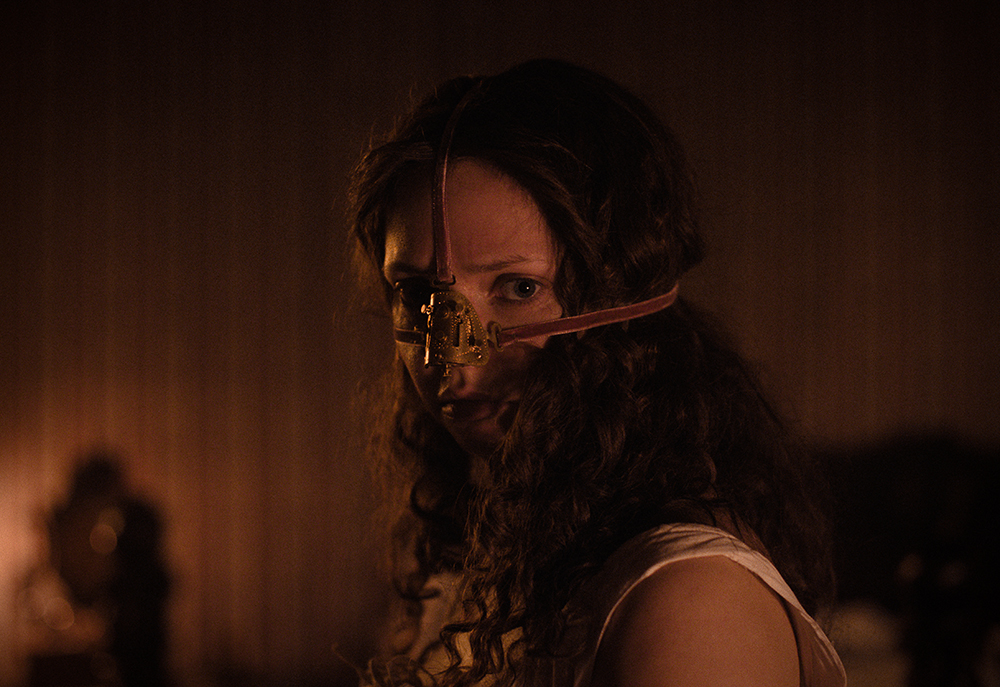
Emilie Blichfeldt’s deeply personal connection to the material infuses every frame of The Ugly Stepsister with urgency and authenticity. In her own words, she grew up battling body image issues, and this film is a cathartic exploration of that struggle. Inspired partly by the horrifying aspects of the original Brothers Grimm tale—where stepsisters literally mutilate their feet to fit into the glass slipper—and partly by her own experiences, Emilie Blichfeldt crafts what she calls “beauty horror.” It’s a term that feels right at home alongside David Cronenberg’s body horror, where physical transformations mirror internal fears and societal oppressions. One of the most fascinating aspects of the film's creation was how Emilie Blichfeldt insisted on setting the story in a timeless "once-upon-a-time," resisting the temptation to modernize it overtly, thereby emphasizing the eternal nature of these toxic beauty ideals. With grim yet beautiful castle settings, and an aesthetic heavily influenced by the gritty realism of 60s and 70s Eastern European fairy-tale cinema, the film strikes a haunting balance between fantasy and raw, disturbing reality. It's no wonder that audiences at Sundance and Berlin's Panorama section were so captivated; this is a film that lingers long after the credits roll.
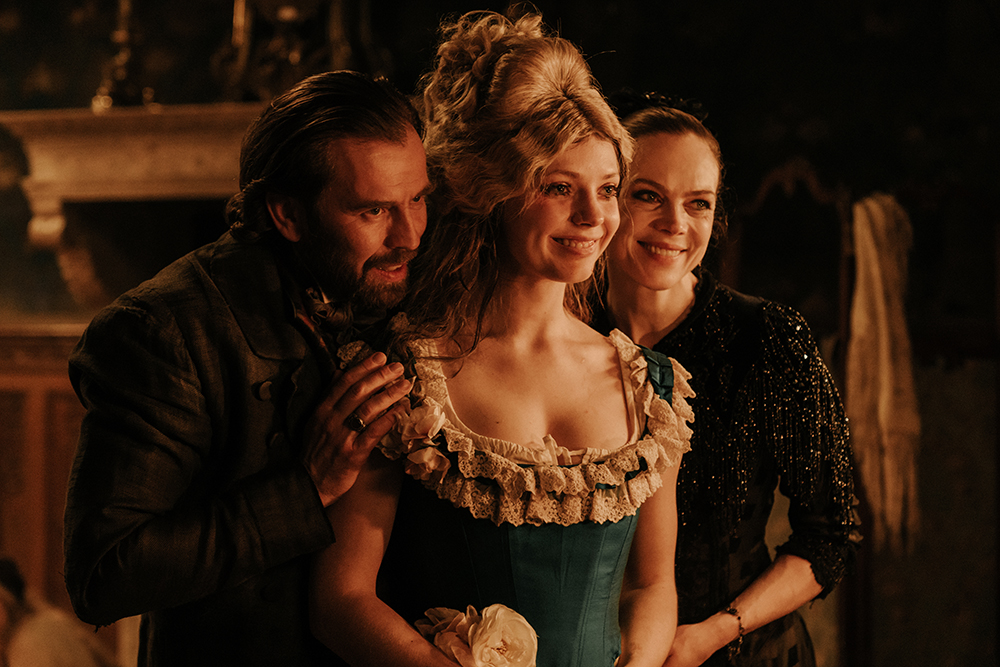
Visually, The Ugly Stepsister is nothing short of mesmerizing. Despite budgetary limitations that prevented shooting on actual film, cinematographer Marcel Zyskind managed to create a gorgeously tactile, almost grainy look by using heavy filters, vaseline on lenses, and practical in-camera techniques that lend the movie an eerie, vintage texture. The choice of locations elevates the world-building to another level: the Gołuchow Castle in Poland, with its painstakingly restored 19th-century interiors, and the haunting Cistercian monastery ruins near Lubiaz, become almost characters themselves. Emilie Blichfeldt’s personal anecdote about discovering the castle on the last day of scouting adds a charming layer of destiny to the production story. Her reflections on the importance of cultural heritage, and how fragile the preservation of such places can be, feel poignant and deeply intertwined with the film’s central theme—the loss and disfigurement that comes from trying to conform to impossible ideals. It’s a thematic echo that ripples through the costumes as well: working alongside legendary costume designer Manon Rasmussen, Emilie Blichfeldt drew inspiration from mid-to-late 1800s fashion, playfully twisting Disneyesque silhouettes to hint at the era when cosmetic surgery first entered public consciousness.
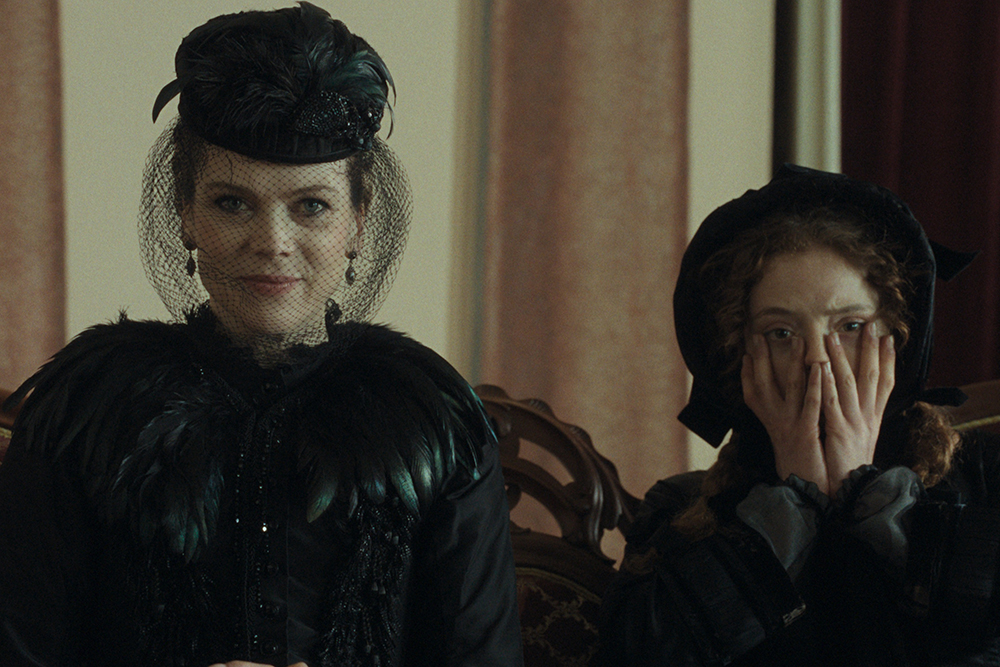
Musically, the film pulls off a balancing act that’s nothing short of miraculous. Composer Kaada crafted a score heavily inspired by 70s European cinema, drawing on the melancholy romance of Francis Lai and the eerie synths of Goblin. Yet, during editing, Emilie Blichfeldt and editor Olivia Neergaard-Holm realized the film needed something more immediate, something that could break the fairytale spell just enough to let contemporary irony seep through. Enter Norwegian artist Vilde Tuv, whose haunting, bittersweet album Melting Songs provided the perfect counterpoint. Tuv even composed two original tracks for the film, adding a layer of delicate rebellion that lifts The Ugly Stepsister beyond a mere period piece into something timeless, heart-wrenching, and defiantly modern. It’s in these details that the film’s brilliance shines—every choice, from music to lighting to costume stitching, serves the central metaphor of beauty as a prison, and the bodily and emotional cost of trying to escape it.
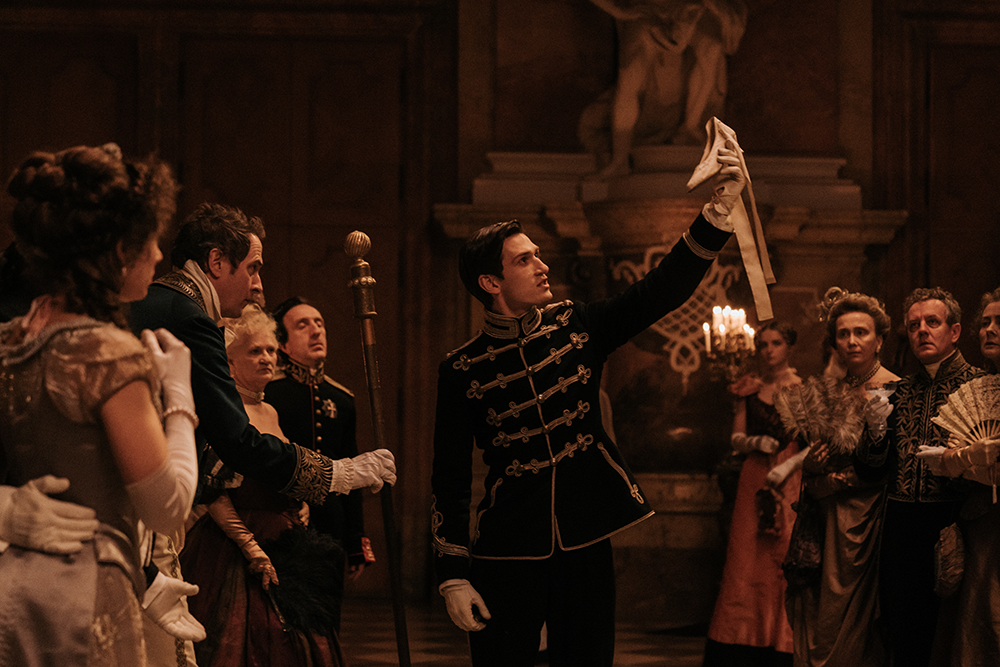
Casting Lea Myren as Elvira feels like a minor miracle in itself. Emilie Blichfeldt describes how Myren’s very first audition brought Elvira vividly to life, with a physical fearlessness and comic sharpness that made her the beating heart of the film. Watching Myren navigate Elvira’s journey—from hopeful innocence to frenzied madness—is like witnessing a tightrope act without a safety net. There’s a raw, terrifying honesty to her performance, especially in the brutal physicality of scenes where she mutilates herself in pursuit of acceptance. It's rare to see an actor, especially in a feature debut, commit so fully to such emotional and bodily extremes without ever tipping into caricature. In Elvira, Myren captures something painfully real about being young, female, and desperate to be loved, seen, and chosen. It's a performance that will likely haunt you long after the film ends—and one that deserves serious awards attention.
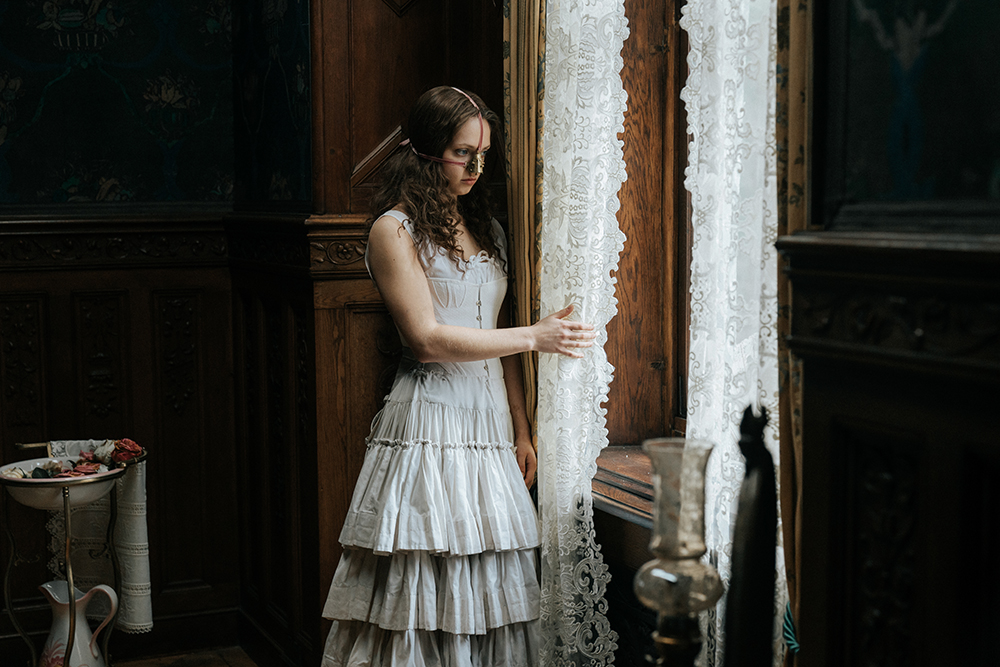
The Ugly Stepsister isn’t just a film; it’s a beautifully crafted reckoning. Emilie Blichfeldt’s personal journey—from seeing herself as Cinderella to realizing she, like so many of us, is a stepsister struggling against an impossible standard—is deeply moving. She doesn’t flip the fairytale to make the stepsister a heroine or Cinderella a villain; instead, she gives all the characters depth, compassion, and devastating humanity. By doing so, she invites the audience to reflect on their own complicity in maintaining brutal beauty ideals, and perhaps, to imagine a world where stepping outside those lines isn’t a bloody battle, but a liberation. If you’ve ever felt like you didn’t fit the mold, if you’ve ever looked in the mirror and wished you could change, if you’ve ever laughed at the “ugly stepsister” only to later realize you were laughing at yourself—then The Ugly Stepsister is a film you cannot afford to miss. Come May 9th, prepare to be dazzled, disturbed, and, just maybe, transformed.
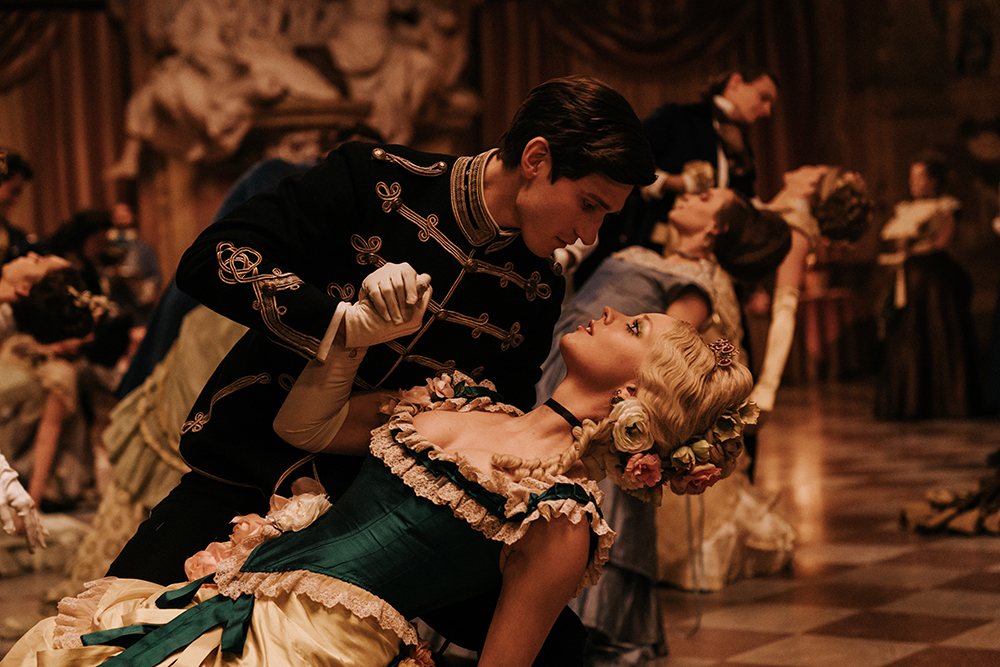
Synopsis :
In a kingdom where beauty reigns supreme, young Elvira faces fierce competition in her quest to win the prince's heart. Among the many contenders is her half-sister, who is stunningly beautiful. To succeed in this ruthless race for physical perfection, Elvira will have to resort to the most extreme measures...
The Ugly Stepsister (Den stygge stesøsteren)
Directed by Emilie Blichfeldt
Written by Emilie Blichfeldt
Based on "Cinderella" by the Brothers Grimm[a]
Produced by Maria Ekerhovd, Axel Helgeland, Christian Torpe, Jesper Morthorst
Starring Lea Myren, Thea Sofie Loch Næss, Ane Dahl Torp, Flo Fagerli, Isac Calmroth, Malte Gårdinger
Cinematography : Marcel Zyskind
Edited by Olivia Neergaard-Holm
Music by John Erik Kaada
Production companies : Mer Film, Lava Films, Motor (DK), Zentropa
Distributed by Scanbox Entertainment (Norway), IFC Films (United States), ESC Films (France)
Release dates: January 23, 2025 (Sundance), March 7, 2025 (Norway), April 18, 2025 (United States), July 2, 2025
Running time : 105 minutes

